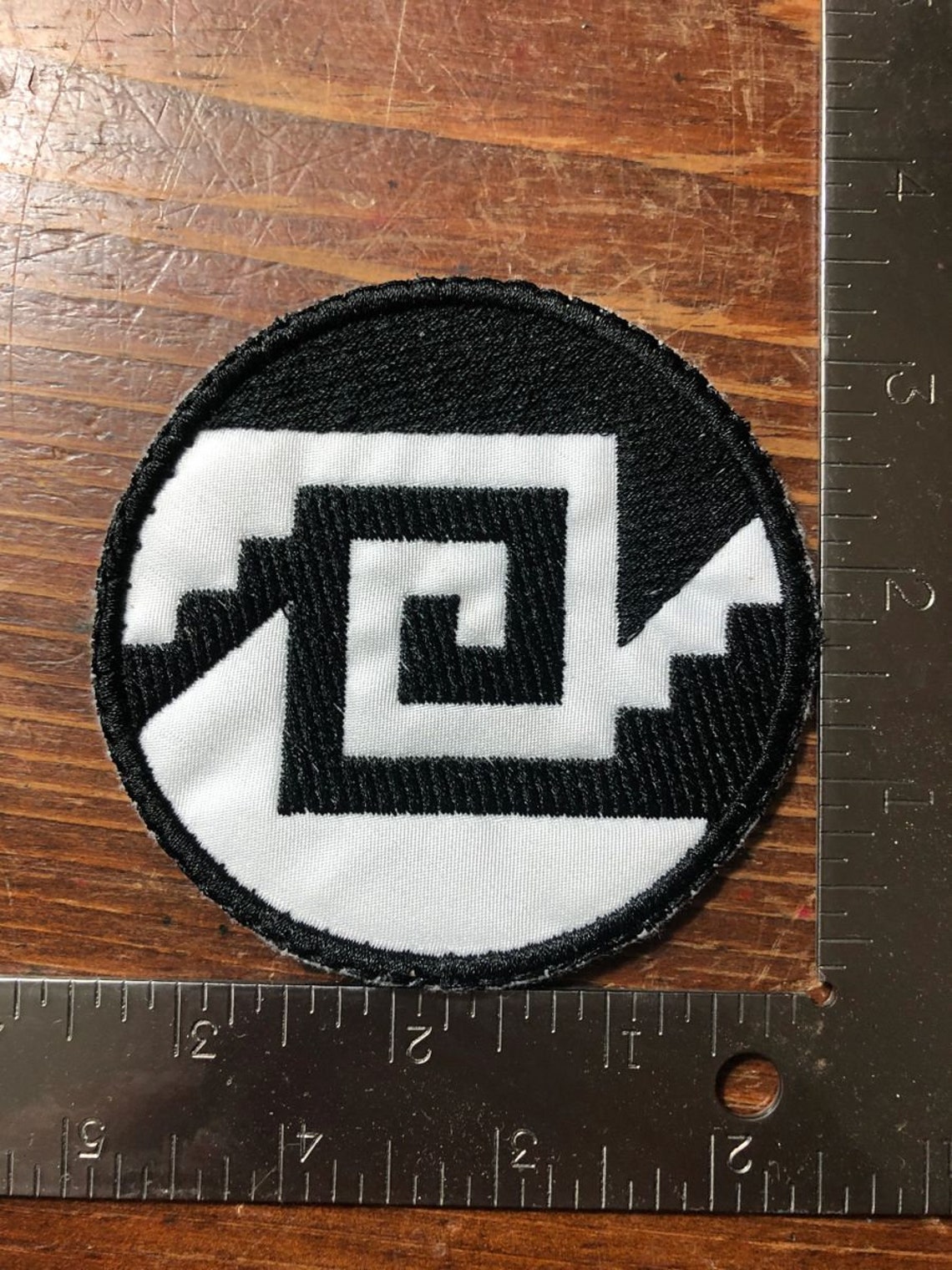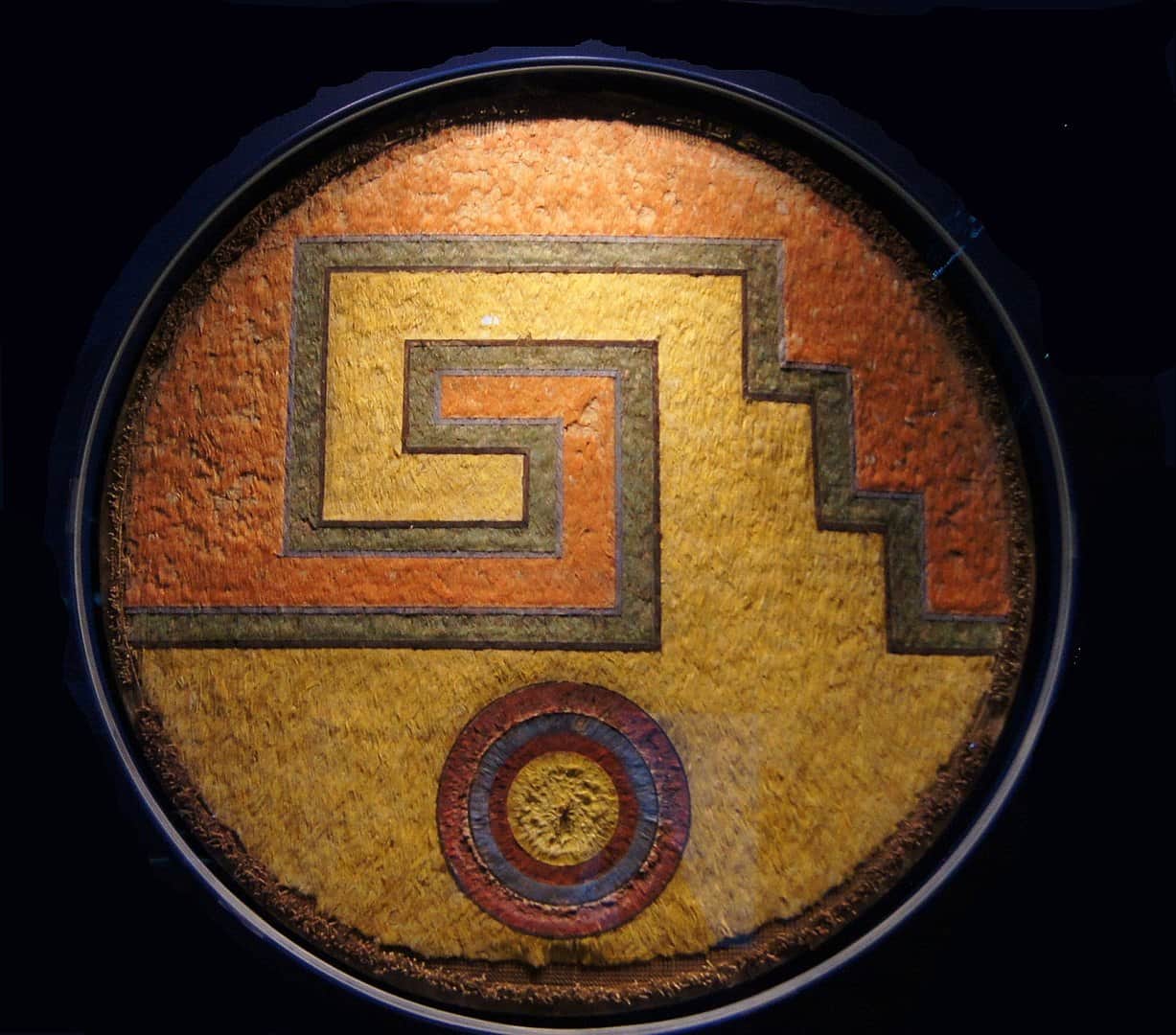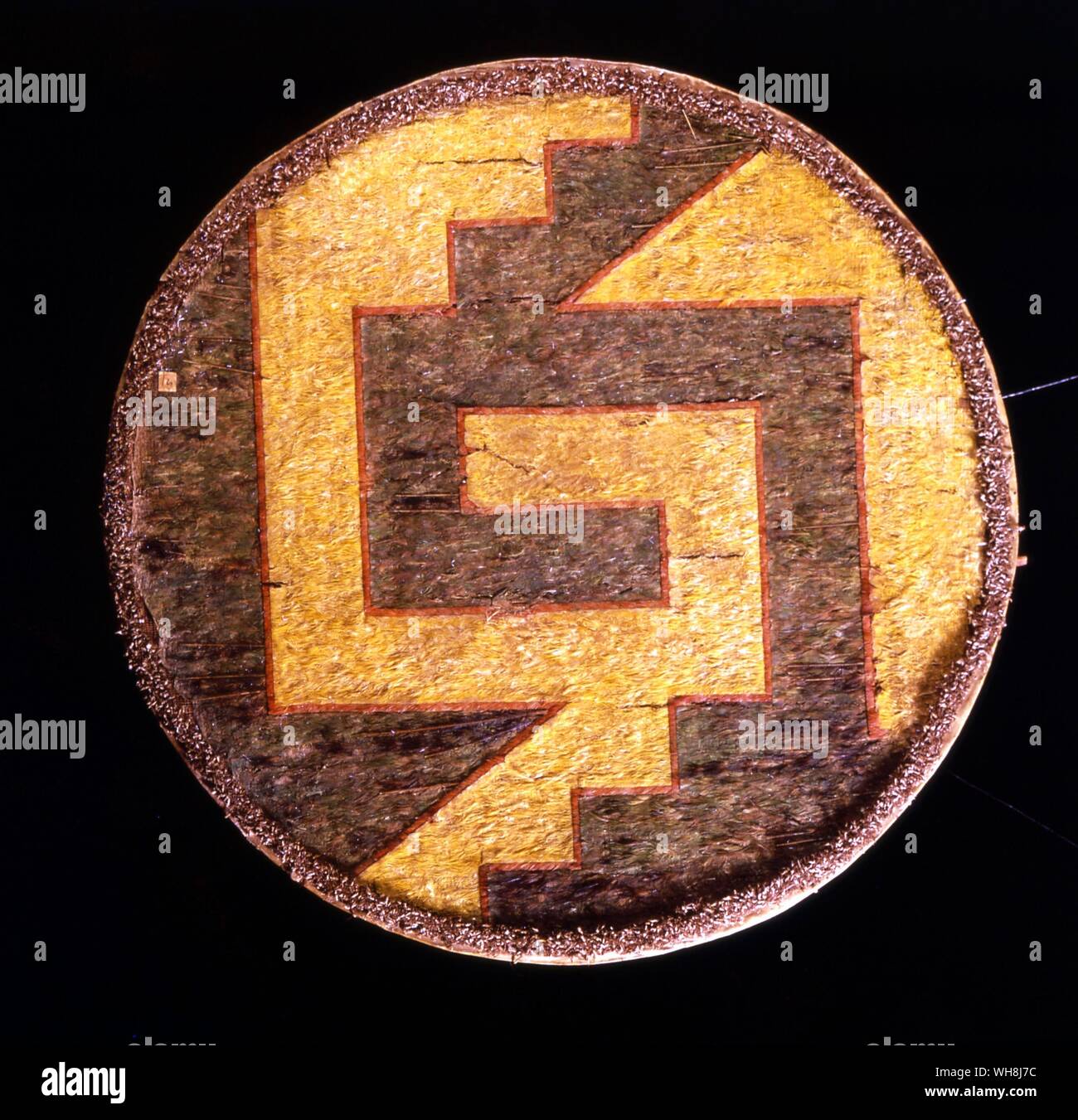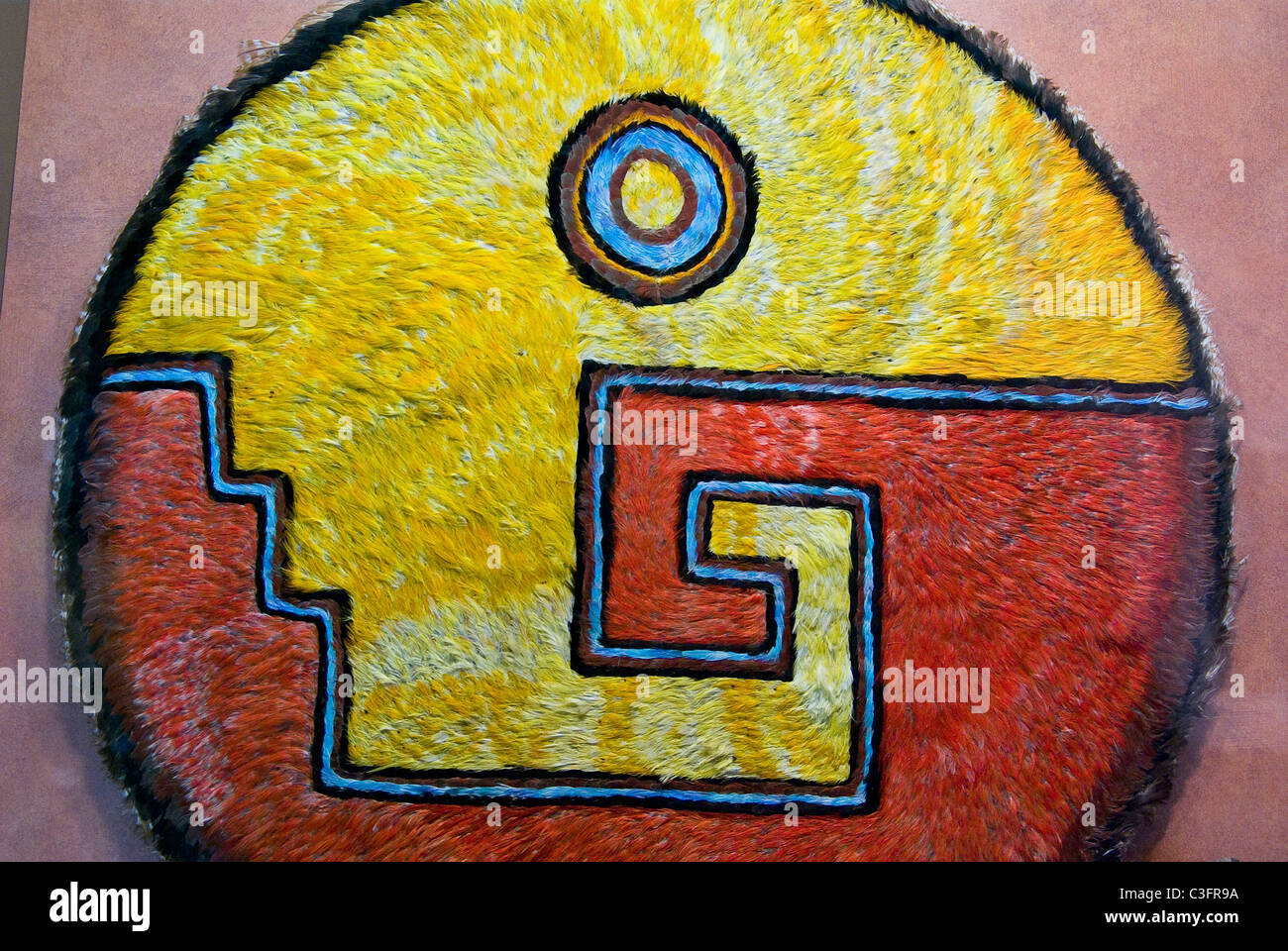
Aztec Shield by vandals856 on DeviantArt
July 22, 2023 Did the Aztecs Have a Codex? The Aztecs, an ancient Mesoamerican civilization renowned for their rich cultural heritage and complex societal structure, left behind a treasure trove of knowledge in the form of enigmatic manuscripts known as Aztec codices.

Chimalli Aztec Mexica Shield Greka Design Patch Aztec Symbol 3 Etsy
Butterflies symbolized transformation. The monkey represented dance and celebration. Combined with other symbols, a rich story could be told. Zooming in on the symbols For more specific examples of Aztec symbols, it's helpful to look at some familiar uses. Check these out to learn about specific symbols and how they were most commonly used:

80 Aztec Facts About the Last Native Mesoamerican Civilization
The Aztec created symbolic designs on shields, as did Aboriginal Australians and Zulu peoples. Many times, decorative designs served a practical purpose: set color schemes, marks, or unit symbols served to identify warriors on the battlefield.. Symbols used on shields took on such importance in Western Europe and Great Britain that the.

Rules of the Jungle Eagles in Symbols Aztec eagle Aztec art, Mayan art, Aztec symbols
This is because the designs on Aztec shields didn't represent cities so much as - and this very loosely - warrior ranks, associated costume styles and individual tastes (Patricia Rieff Anawalt, a world expert on Mesoamerican costume and clothing, cautions that 'no shield motif was firmly linked to a specific costume').

The Chimalli shield, an Aztec emblem of art
Ozomahtli Ozomahtli, meaning 'monkey', is the day in the Aztec calendar associated with the god Xochipili. Xochipili, sometimes called the Flower Prince, is the god of flowers, feasts, fun and creativity. Ozomahtli is a day to be light-hearted and frivolous. It is a bad day for seriousness. Itzcuintli

Aztec shield hires stock photography and images Alamy
The eagle and jaguar were both powerful animals that held great significance in Aztec culture. The eagle was a symbol of the sun and was associated with the god Huitzilopochtli, while the jaguar represented the moon and was associated with the god Tezcatlipoca. Together, these two animals represented the balance of the day and night and the.

Into Pialic Into Chimalli symbol, is the Aztec Ying Yang. It also translates into “My culture
Jaguar Finally, revered as a powerful and enigmatic creature, the Aztecs believed the jaguar symbolized raw power, strength, and cunning. Aztec warriors often adorned themselves with jaguar skins and believed these symbols showed bravery and ferocity in battle. The Role of Aztec Symbols in Daily Life

Aztec shield hires stock photography and images Alamy
Hi, the Aztec shield with the red and gold feather design, also has a round 'eye' type design above it. I can't find any info on what the symbols mean? Is this the Eagle foot design? Many thanks from Australia Mexicolore replies: You're referring to the image at the top of our 'Chimalli' feature (in the Aztec Artefacts section).

Aztec emblematic shield, Museum of Anthropology, Mexico City. Escudo azteca, Arte con hojas de
Weapons: shield (teueuelli), darts and dart thrower (xinatlati), a fire serpent (Xiuhcoatl, the spirit of the fire deity Xiuhtecuhtli). was the symbol of Huitzilopochtli. The Aztec people believed that spirits of the dead had to transform into a hummingbird in order to arrive at the palace of Huitzilopochtli in the south.

Aztec shield Aztec jewelry, Aztec art, Ancient aztecs
The Most Popular Aztec Symbols We can't possibly list every symbol used in Aztec writings and culture in a single article. We can mention the most prominent and/or curious ones, however. 1. Jaguar The Jaguar is the biggest wild feline and alpha predator in Mesoamerica, so it's not surprising that the Aztecs adopted it as a powerful symbol.

Mayan Tattoos, Aztec Tattoos, Aztec Tattoo Designs, Aztec Designs, Indian Tattoos, Mexican Art
Shield-and-arrows symbol of Mexica imperial power; it appears in front of each of the 9 Aztec rulers in turn in the first (history) part of the Codex Mendoza (Click on image to enlarge) In terms of function we have the Yaochimalli (war shield) and the Mahuzyochimalli (ceremonial shield): not all shields were deployed simply on the battlefield.

Mexicolore
Codex Mendoza - Rank 7 Warrior - Seven Plus Captive - Cuachiqueh - Shorn Ones Huaxtec Shield Pattern Some, but not all, warriors wearing a Huaxtec style uniform had shields that matched the suit pattern. The 2 captive warrior illustrated is a good example, but there are others. Codex Mendoza - Rank 2 Warrior - Two Captive - Cuextecatl

Aztec symbols Royalty Free Vector Image VectorStock
The Aztec symbol for Water, or Atl, was governed by the god of fire, Xiuhtecuhtli, the deity of warmth and sustenance, creation, and personification of life. It was a day for purification where the person had to undergo conflict. It was a day of the holy war, which means battling one's demons. It also characterized the emergence of the.

Aztec Symbols Aztec Meanings Graphic and Meanings of Aztec Symbols
One of the most important Aztec symbols in Aztec writing is the symbol of conquest. In this particular pictogram, an Aztec warrior is represented capturing another warrior with the temple of the enemy city-state in the background, toppled over and burning. This imagery is the representation of the conquest of the Aztecs over some other city-state.

Aztec shield image Free SVG
Chimall jewellery. Watch on. Mexicolore's animation of the famous 'chimalli' jewellery piece from Monte Albán. Picture 1 (Click on image to enlarge) "A military costume consisted of either a feathered fitted garment resembling a jumpsuit or a tunic and kilt, plus a headdress or a standard worn on the back, and a shield" (Esther.

Museo Nacional de Antropología Mayan art, Aztec jewelry, Aztec art
Are you looking for the most important Aztec symbols and their meanings? The Aztec culture flourished in central Mexico during the post-classic period from 1300 to 1521, before the Spanish colonization. Aztec history is primarily known through indigenous writings, archeological finds from excavations, and eyewitness accounts by Spanish colonizers.